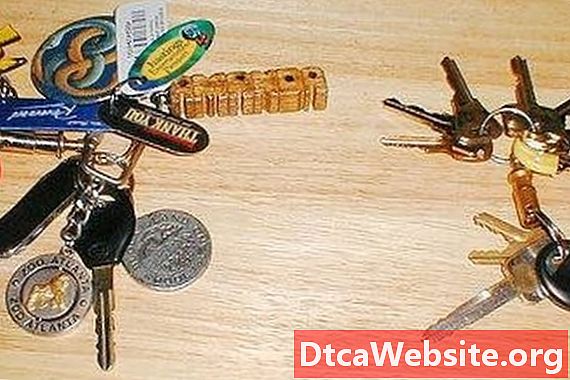
Contenu
Leaded gas is gasoline to which a compound of lead has been added. Commonly tetra-ethyl lead, this compound was added to reduce the "knocking" or "pinging" sound heard while the engine was running. The addition of lead was not purely cosmetic: cars run on internal combustion engines; the more knocking, the less efficient the engine.
Step 1
Start with some gasoline. An internal combustion engine uses sparks to ignite the gas. The exploded gas drives a piston that ultimate drives your car. The spark should normally come only from the spark plugs in your ignition. However, since gasoline is so highly flammable, the gas may at times ignite on its own. These little explosions are what causes the "knocking" or "pinging" sounds that leaded gasoline is supposed to reduce.
Step 2
Reduce knocking and pinging by improving the power of your engine. Your cars engine operates under high pressure. The higher the pressure, the more powerful the force that can be delivered to the pistons. If there is too much knocking or pinging, the pressure cannot be increased. It could damage your engine and could be dangerous. If you add lead to your gasoline, you can reduce the knocking and pinging and make a more powerful engine.
Step 3
Use a compound called tetra-ethyl lead. Tetra-ethyl is made from a reaction between an alloy of sodium lead and ethyl chloride. Next you need to make ethyl fluid. Ethyl fluid consists of a combination of tetra-ethyl lead with dibromoethane and dichloroethane. You can also add a dye to the mixture. The dye is added so the leaded gas can be distinguished from the unleaded gas. Otherwise they would look the same. The dye does not react with either the gasoline or the ethyl fluid. It is just an additive.
Take your ethyl fluid and blend it into your gasoline. The normal proportion of ethyl fluid to gasoline is 1 to 1,260. That works out to less than one-tenth of one percent lead in each gallon of gas. The addition of the lead will raise the octane rating of your gas. Octane is the measure of the amount of knocking and pinging. The higher the octane, the less knocking and pinging. Octane takes its name from the iso-octane that is found in gasoline and other fuels. Originally, the addition of lead made possible an octane rating of up to 100. Later on, better fuels combined with lead made possible octane ratings of over 100.
Items you will need
- Gasoline
- Tetra-ethyl lead


